 Handbook for Bristol Exhibition
Handbook for Bristol Exhibition Handbook for Ilford Exhibition
Handbook for Ilford Exhibition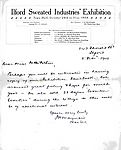 Ilford organiser's letter to Mary
Ilford organiser's letter to Mary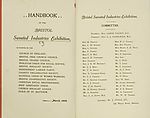 Bristol Exhibition Committee and Supporters
Bristol Exhibition Committee and Supporters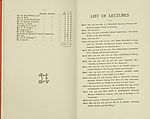 Bristol Exhibition List of Lectures
Bristol Exhibition List of Lectures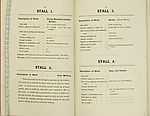 Four of the stalls at the Bristol Exhibition
Four of the stalls at the Bristol Exhibition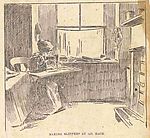 Making Slippers
Making Slippers Shirt Making
Shirt Making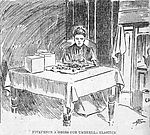 Preparing Umbrella Elastics
Preparing Umbrella Elastics Report of Margaret Macmillan's Lecture
Report of Margaret Macmillan's Lecture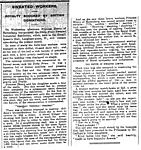 Express and Star, May 3rd 1906
Express and Star, May 3rd 1906

People had tried for many years to get rid of sweated labour. Sweated workers were paid starvation wages for working excessively long hours, in insanitary workplaces. 1906 was the year that sweating was at last brought to the attention of the public at large.
Information about wages, including low pay became available that year. A Liberal government was elected, which had members sympathetic to the cause of the low paid. News of successful sweated industries exhibitions held in Germany in 1904 and 1906 had reached England. George Cadbury,who was the owner of the Daily News, used the pages of his newspaper to expose sweating, and also paid for the first sweated industries exhibition in England in 1906.
The exhibition was held in the Queen's Hall in London. It was opened by Princess Beatrice, the King's youngest sister. It lasted a month, and was visited by over 30,000 people. The exhibition brought the public, especially the very rich, into personal contact with sweated workers for the first time.
There were twenty-five stalls at which forty-five workers, mostly women, demonstrated their skills, and answered visitors' questions. The family budgets were on display, along with the goods they made and the wages they earned.
Visitors were shocked to find that such trades as cigarette-making, the stitching of gloves, chainmaking, and the manufacture of stockings, jewellery cases, tennis-balls, belts, ties, furniture, brushes and saddlery were all homework trades that paid, on average, 5s (25p) to 7s (35p) for a week of twelve to sixteen hour days.
Before the exhibition, many had thought that sweating only existed at the "cheap and nasty" end of the market. They were astonished to find that low pay and poor conditions were to be found at the bottom end of most occupations, and that many expensively priced goods had, at some point, been handled by sweated labour. A dress could have been made by a well paid seamstress in a light and airy workroom, while the buttons and trimmings were probably produced by a sweated worker. Wedding cakes manufactured in hygienic conditions were likely to be packed in attractive boxes glued together in a disease-ridden tenement.
The exhibition was very successful and led to others being held in major towns around the country. We have included some pages from the Bristol and Ilford exhibition handbooks for you to see. Sweating, largely ignored before, became a widespread topic of conversation. The exhibitions led to the setting up of an all-party pressure group, the National Anti-Sweating League. It had many influential members, and spent the next few years campaigning for a minimum wage as a means to end sweating.
Rollover the captions in the box to see the available images in thumbnail format, click the caption to see the full-size image
| Reference: | 718 |
| Keywords: | |
| Archive Ref: | |
| Updated: | Thu 12 Jul 2007 - 1 |
| Interpretation written by | Barbara Harris |
| Author's organisation | |
| Organisation's website |